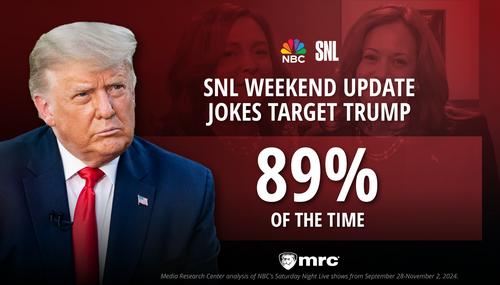Valentine's Day. The words evoke romance, tenderness, cards, candy, and flowers.
Given that the media often turn to the subject of love at this time of year, the
The answer is, pretty much what you'd expect – from Playboy. In 11 of the top-selling monthly women's magazines (including top-seller Good Housekeeping, Cosmopolitan, InStyle and Woman's Day) with a combined circulation of more than 30 million, messages about S-E-X outnumber messages about love and romance more than two to one.
In some magazines – Good Housekeeping and O, for example - the features are reported in the context of marriage, but for the most part it's sex for sex's sake. Glamour and Redbook jump on the sex bandwagon, while Cosmopolitan describes sex so graphically that if it were portrayed visually it would be labeled porn and relegated to shops selling “adult” entertainment.
Regarding featured products, the women's magazines do an adequate job of offering “romantic” Valentine-specific items, like note papers, flowers, jewelry, food products and recipes. Redbook takes the plunge into the sexual gratification abyss featuring a giveaway of $2000 worth of sex toys, including a vibrator.
The stories, columns and features, however, are not so romantic. Overwhelmingly the predominant themes in these categories are sex (“Good Sex for Life” - Glamour), physical expressions of affection (“The Sex He'll Die For” - Cosmopolitan) and appearance related to sex (“Look and Feel Your Hottest” – Redbook).
Women regularly lament that as a group they are objectified by men. Ironically, magazines written for women feed that very fire. A parade of headlines in February issues, like “Flaunt Your Booty” (Seventeen), “Drop 10 Pounds Fast” (Family Circle), and “What Guys Really Want” (CosmoGirl!) constantly reinforce the message that women are mere sexual objects, and that all that matters is looks and sexual aptitude.
Regular consumers of women's magazines will not find all of this particularly surprising. But when issue after issue, title after title bombard women with sexual messages, the question becomes: what are the broader societal implications of this incessant drumbeat for sexual satisfaction?
Any objective look at American culture reveals an increasing sexualization. It's everywhere, and it starts early. Franchises like Club Libby Lu offer dress up parties for little girls with toddlers parading around in tube tops and glitter. Teen television dramas such as One Tree Hill regularly feature minors having sex. MTV spews forth a constant geyser of sexually charged music videos. Partial nudity makes its way into PG-13 movies, and television dramas are little more than a constant parade of sexual explicitness. Cable television programs like F/X's Rescue Me and Nip/Tuck are lurching into rape, necrophilia, sado-masochism and other “edgy” sexual themes.
Cultural corrosion of sexual mores has profound consequences. In a fascinating book called Unprotected: A Campus Psychiatrist Reveals How Political Correctness in Her Profession Endangers Every Student, Dr. Miriam Grossman details the real cost of this sex obsession and doctrine of sex without consequences. Depression, suicide, eating disorders and millions of cases of sexually transmitted diseases -- these are the real and unreported prices often associated with early, casual and frequent sexual activity.
Depression and eating disorders don't tease as well on magazine covers as titillating snippets like “The Sex He'll Die For.” Neither do stories about the growing purity and chastity movement launched by young conservative women. Would Cosmo or Glamour run profiles on the Anscombe Society, a student group at
No, sex is what sells – at least in the minds of magazine editors. But is that what women really want? The Feb. 13th issue of Woman's Day includes a reader poll finding that what most women (56 percent) really want is a love letter from their Valentine. If the editors of these women's magazines truly care about what women really want they'd pay attention to that statistic. The drumbeat for sexual satisfaction seems to be less important to women than an expression of real love and tender feelings – through something as simple and old-fashioned as a love letter. Which was, after all, the original Valentine.





